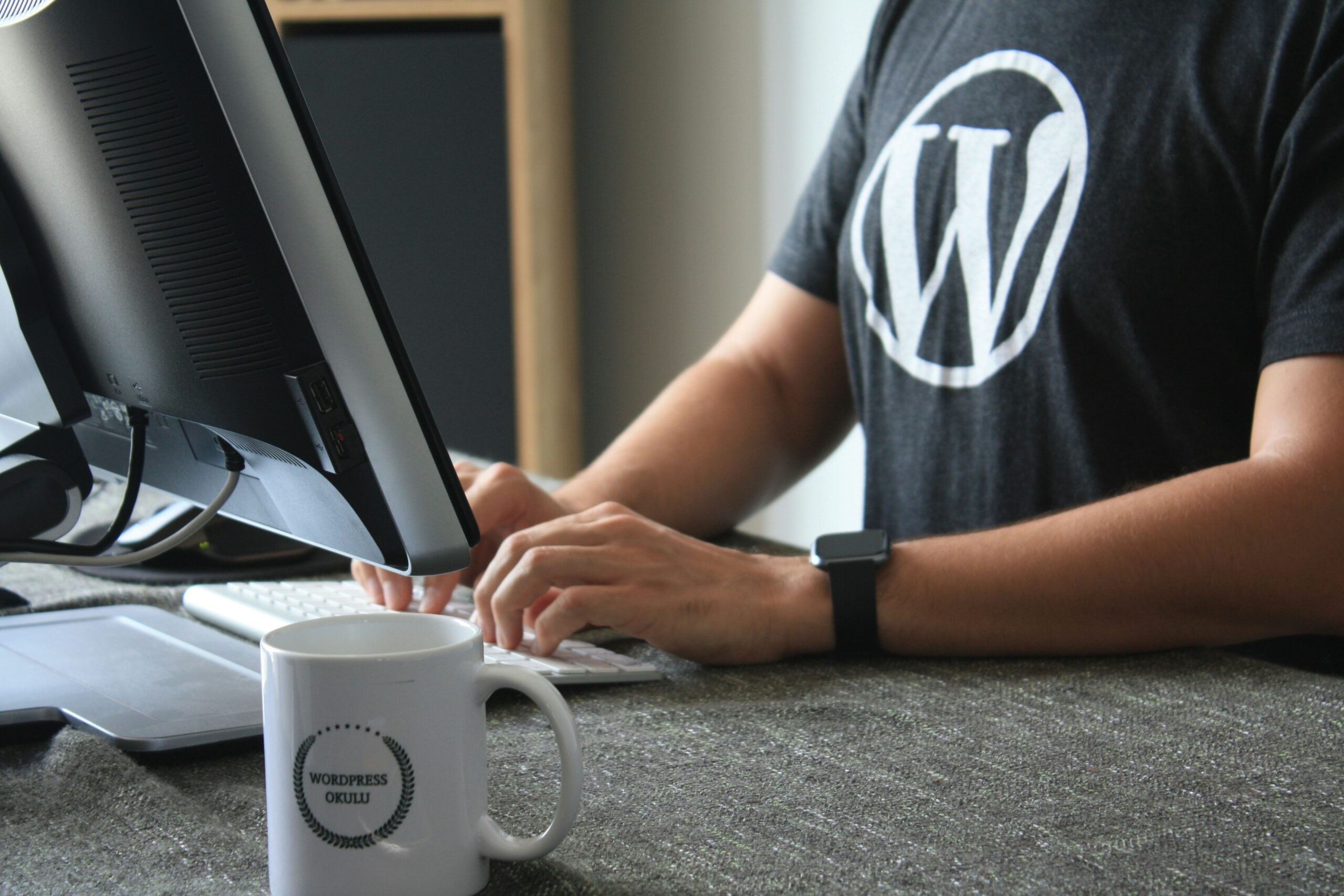Introduction
WordPress is a popular content management system that allows users to create and customize websites without any coding knowledge. One of the key features of WordPress is its ability to use themes, which control the appearance and layout of a website. While there are thousands of pre-designed themes available, sometimes you may want to make some customizations to match your unique requirements. In this beginner’s guide, we will walk you through the process of customizing WordPress themes without any coding.
Step 1: Choosing the Right Theme
The first step in customizing a WordPress theme is to choose the right one. There are many free and premium themes available, so take your time to browse through the options and find a theme that suits your needs. Look for a theme that has the layout and features you want, as this will make the customization process much easier.
Step 2: Customizing the Theme
Once you have chosen a theme, it’s time to start customizing it. WordPress provides a built-in customizer tool that allows you to make changes to your theme’s appearance. To access the customizer, go to your WordPress dashboard and navigate to “Appearance” > “Customize”.
Inside the customizer, you will find various options to customize your theme. These options may vary depending on the theme you have chosen, but some common customization options include:
- Site Identity: Here, you can change your site’s title, tagline, and logo.
- Colors: You can modify the colors of various elements on your website, such as the background, header, and text.
- Typography: This option allows you to change the fonts used on your website.
- Menus: You can create and customize menus to control the navigation of your website.
- Widgets: Here, you can add, remove, and rearrange widgets in your theme’s sidebar or footer.
Take your time to explore these customization options and make the changes that best reflect your brand and style. Remember to save your changes before exiting the customizer.
Step 3: Adding Plugins
In addition to the built-in customization options, you can also enhance your theme’s functionality by adding plugins. WordPress has a vast library of plugins that can add new features and functionality to your website. For example, if you want to add a contact form to your website, you can search for a contact form plugin and install it.
To add a plugin, go to your WordPress dashboard and navigate to “Plugins” > “Add New”. From here, you can search for plugins by name or browse through the featured, popular, or recommended plugins. Once you find a plugin you want to install, click the “Install Now” button, and then activate the plugin.
After activating a plugin, you may need to configure its settings to make it work properly with your theme. Most plugins have their own settings page, which you can access by going to “Plugins” > “Installed Plugins” and clicking on the “Settings” link below the plugin name.
Step 4: Hiring a Freelancer
If you have specific customizations in mind that go beyond what the theme’s built-in options and plugins can offer, you may consider hiring a freelancer. Hiring a professional WordPress developer can help you achieve the exact look and functionality you desire for your website.
When hiring a freelancer, make sure to clearly communicate your requirements and expectations. Provide them with access to your WordPress dashboard and any necessary files. You can find freelancers on various platforms such as Upwork, Freelancer, or Fiverr. Look for freelancers with positive reviews and a portfolio that showcases their previous work.
Conclusion
Customizing a WordPress theme doesn’t have to be a daunting task. With the built-in customization options, plugins, and the option to hire a freelancer, you can easily make your website look and function exactly how you want it to. Take the time to explore the customization options available to you, and don’t be afraid to experiment and make changes until you achieve the desired result. Happy customizing!

